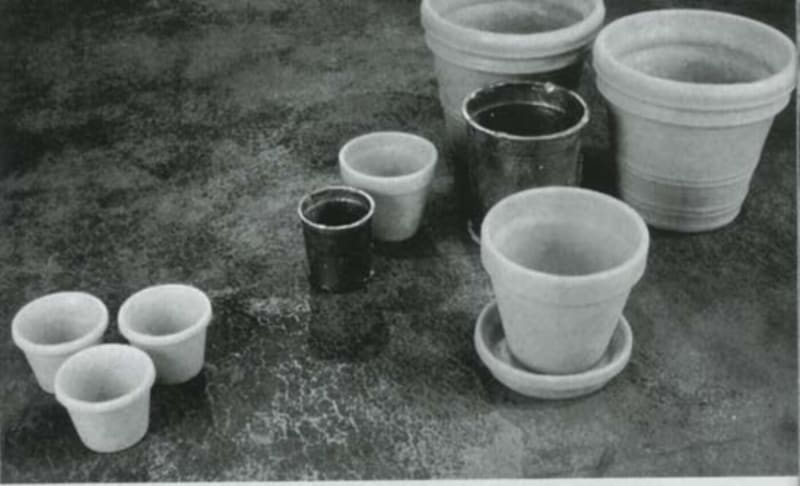For over a decade, Brazilian-born artist Valeska Soares has consistently transformed neutral environments into works of art, but unlike most installation art to date, Valeska's work focuses on what happens beyond the space and time of the exhibition itself. In a way, her installations work as life-size models, oddly-scaled metaphors for events that could have happened long before the exhibition ever takes place. In Valeska's installations, the spectator/participant seems to experience a split between real and representational time; you become aware of the immensity of your own daydream. Through a seemingly inexhaustible range of techniques, themes and strategies, Valeska's work oscillates between materiality and memory, desire and decay, sensation and intoxication. Although she keeps a studio in Brooklyn, most of her work involves traveling and exposure to the environments for which she will produce works. Her most recent projects include a monumental architectural intervention in the National Gallery of Canada and a large installation on both sides of the Mexican-American border for the San Diego Museum. This fall, Valeska and I met in her brownstone in the Fort Greene section of Brooklyn to talk about borders and ways to transgress them artistically.
Vik Muniz: Sometimes I start a project and along the way I realize that everything has to be changed. You seem to approach these situations more intelligently. You come to a project with very few preconceptions. Tell me, did you change the name of your project for the San Diego Museum?
Valeska Soares: For inSITE2000? I changed the project; the original project was called Something Borrowed.
VM: Tell me about it, how did it change?
VS: InSITE2000 is a binational exhibition, coordinated by installation, a San Diego-based arts organization and Mexico's Instituto Nacional de Bellas Artes, that commissions work for the Tijuana and San Diego region-and not necessarily for a museum site. The projects are situated all over the two towns. Something Borrowedwas an idea for a possible landscape. I wanted to do a project that was almost impossible to achieve, to create a situation that would bring forth all the complexities of the region: cultural, political and social. I proposed cutting the border and turning it vertically to create two spaces. Of course, I couldn't get permission. The Border Patrol would not allow me to physically change the border. It's funny, the border itself is unassuming. It's made of secondhand metal pieces from the Gulf War and chicken wire. There is no sense that it could stop anybody who really wanted to from crossing it.
...
Read full interview at bombmagazine.org.

